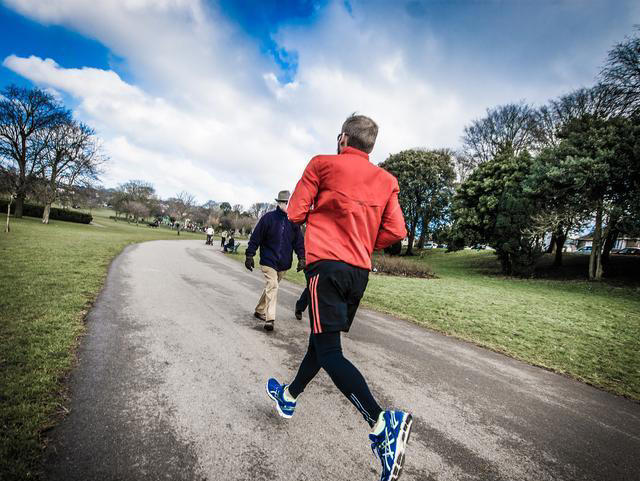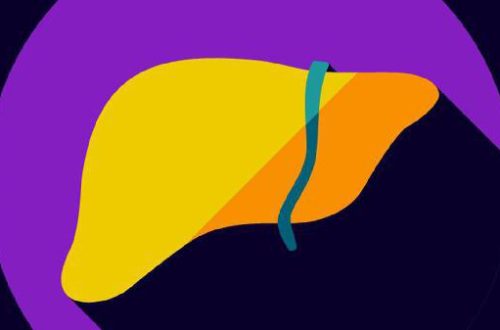
What is “Ultra-Slow Running”?
Firstly, let’s understand what “Ultra-Slow Running” is. Compared to traditional high-intensity running, Ultra-Slow Running is a low-intensity, slow, and sustained aerobic exercise method. Its core idea is to run at a lower speed to ensure that you can maintain a certain breathing rhythm while not becoming overly fatigued. Typically, the speed of Ultra-Slow Running is about 50% lower than your maximum heart rate.
Benefits of Ultra-Slow Running
1. Significant weight loss effects
Although the pace is slow during running, ultra-slow running has a significant effect on weight loss. This form of exercise gets your body into the fat-burning zone, not just burning sugar. This means you can more effectively reduce your body’s fat reserves and gradually shape your ideal figure.
Reduce the risk of injury
High-intensity running may increase the risk of injury, especially for beginners and those with poor physical condition. In contrast, ultra-slow running exerts less pressure on joints and muscles, reducing the risk of injury. This means you can maintain running for a longer period of time, thereby accumulating more exercise time and accelerating the weight loss process.
Improve cardiovascular health
Ultra-slow running, although slow-paced, is still an aerobic exercise that can effectively improve cardiovascular health. Through continuous low-intensity exercise, your cardiovascular system will become stronger, enhancing the efficiency of oxygen delivery to the muscles. This will make you feel more energetic in daily life and less prone to fatigue.
4. Enhanced Endurance
Ultra-slow running helps to enhance physical strength and endurance. By gradually increasing the duration and distance of running, your body will gradually adapt to more physical load, improving your ability to sustain exercise over a long period. This is particularly beneficial for those who need to stand or be active for extended periods in daily life.
5. Improved Mental Health
Exercise is not only beneficial for the body but also has a positive impact on mental health. Ultra-slow running can help release stress, improve mood, and alleviate symptoms of anxiety and depression. This low-intensity form of exercise can make it easier for you to enter a meditative state, bringing inner peace and tranquility.

How to Start Ultra-Slow Running?
If you are interested in ultra-slow running, here are some steps to get started:
1. Start Slowly
At the beginning, do not rush to increase your speed. Choose a lower pace to ensure that you can run comfortably without feeling overly fatigued.
2. Ensure Proper Posture
Maintaining the correct running posture is crucial for reducing the risk of injury. Keep your chest up, shoulders relaxed, arms swinging naturally, and run with a mid-foot landing.
3. Gradually Increase Time and Distance
Start with each run at 10 to 15 minutes and gradually increase the time and distance. Remember, the goal is to gradually adapt to more exercise load, not to chase speed.
4. Pay Attention to Breathing
Maintain deep breathing and ensure that your breathing is coordinated with your steps. This helps to enhance the effectiveness of the exercise and alleviate fatigue.
5. Take Regular Breaks
Don’t forget to give your body enough time to recover. Allow sufficient rest between runs to let your muscles and joints recover.

Conclusion
“Ultra-slow running” is a highly recommended weight loss method that combines low intensity with long-duration aerobic exercise, providing an ideal choice for those seeking a healthy way to lose weight. With multiple benefits such as reduced risk of injury, improved cardiovascular health, enhanced endurance, and better mental health, ultra-slow running excels in both weight loss and overall health. If you are looking for a weight loss method that suits you, consider ultra-slow running; it may bring you satisfactory results. Most importantly, enjoy the process of exercise and let health become a way of life.





